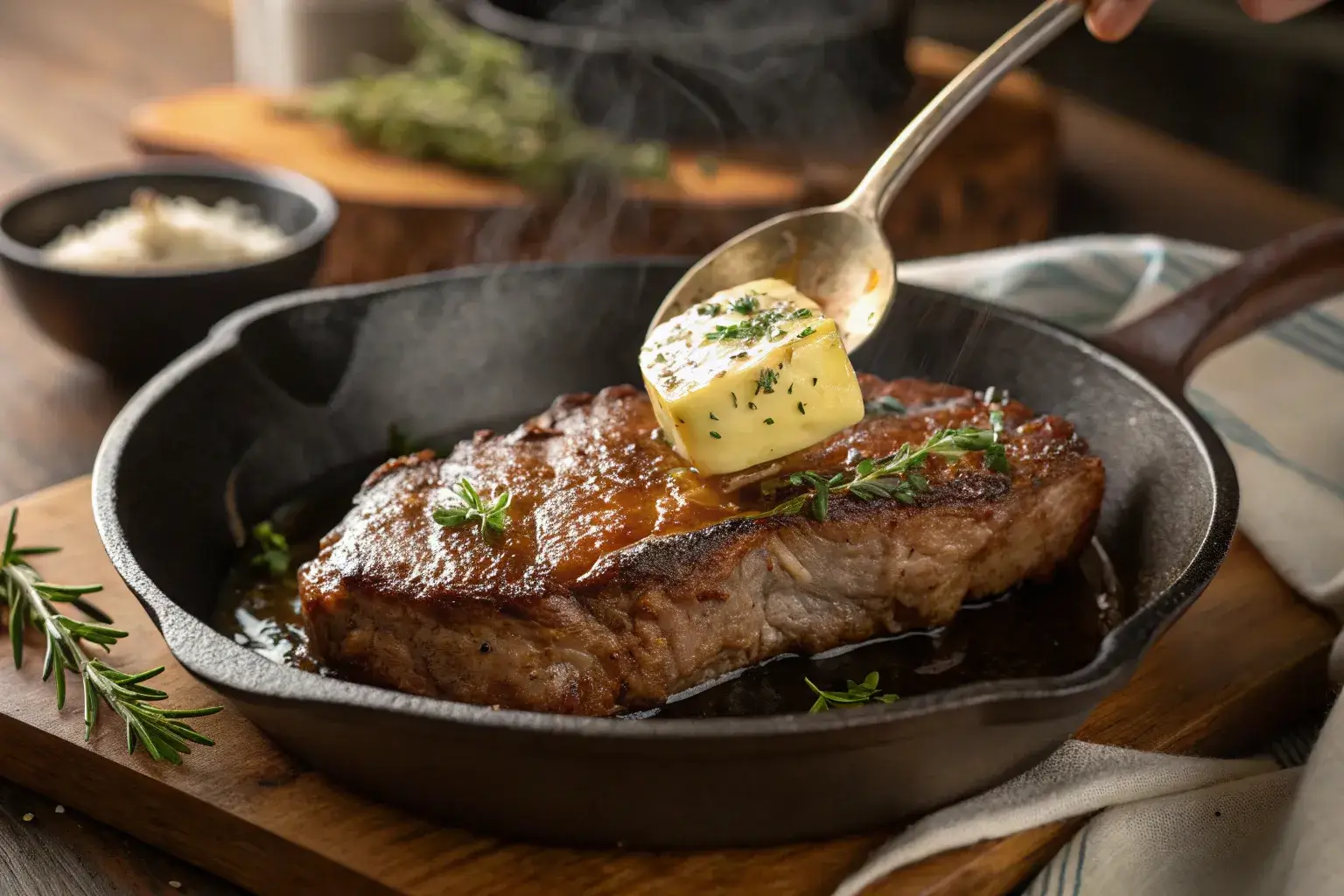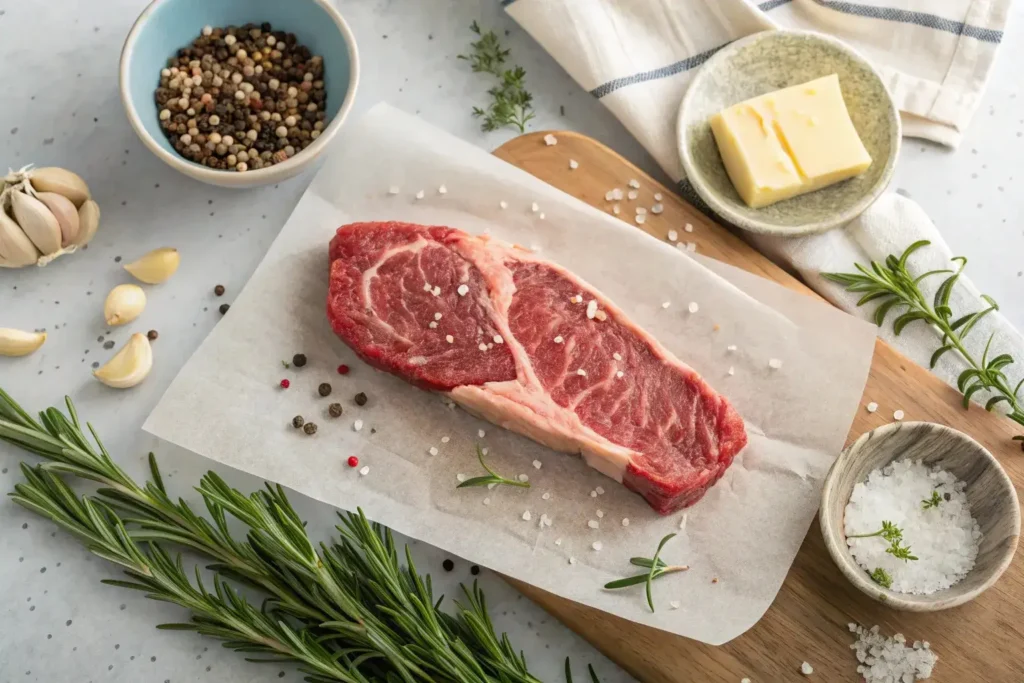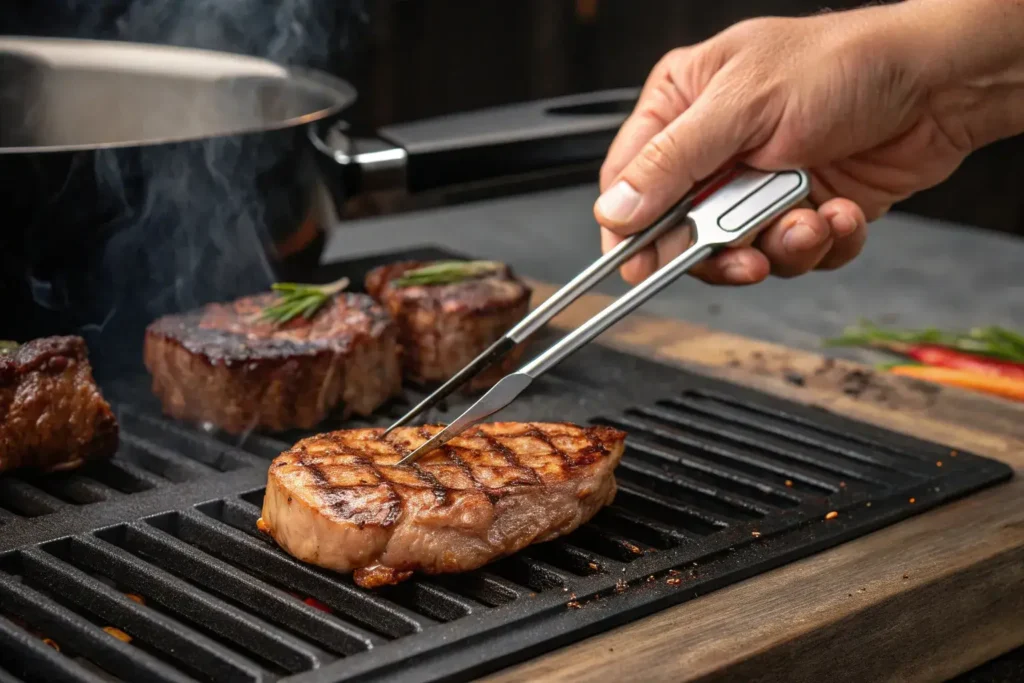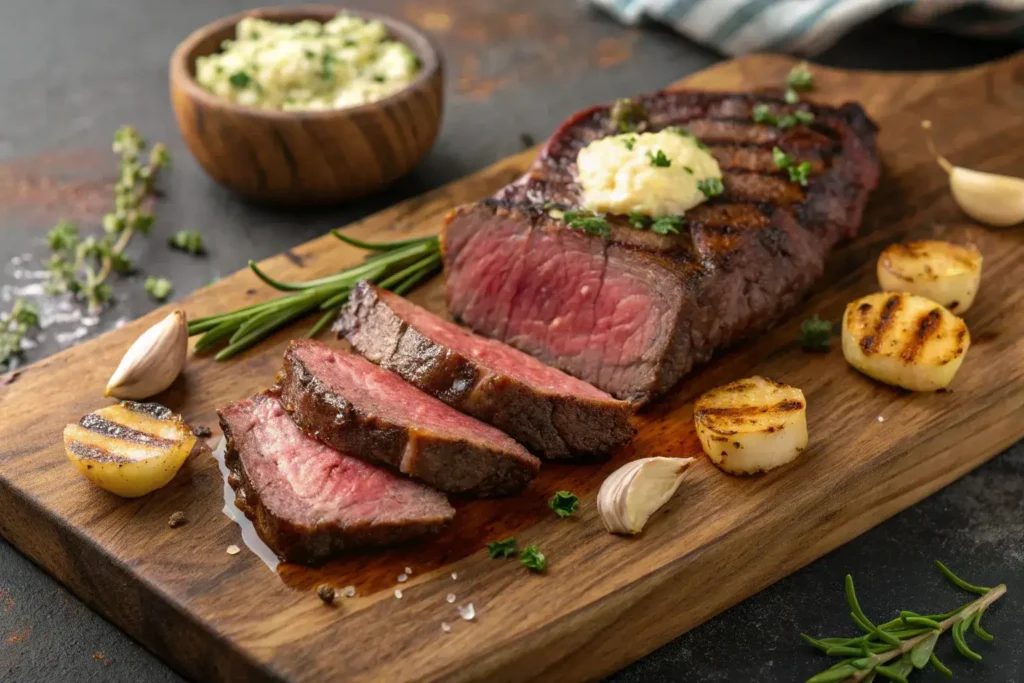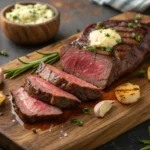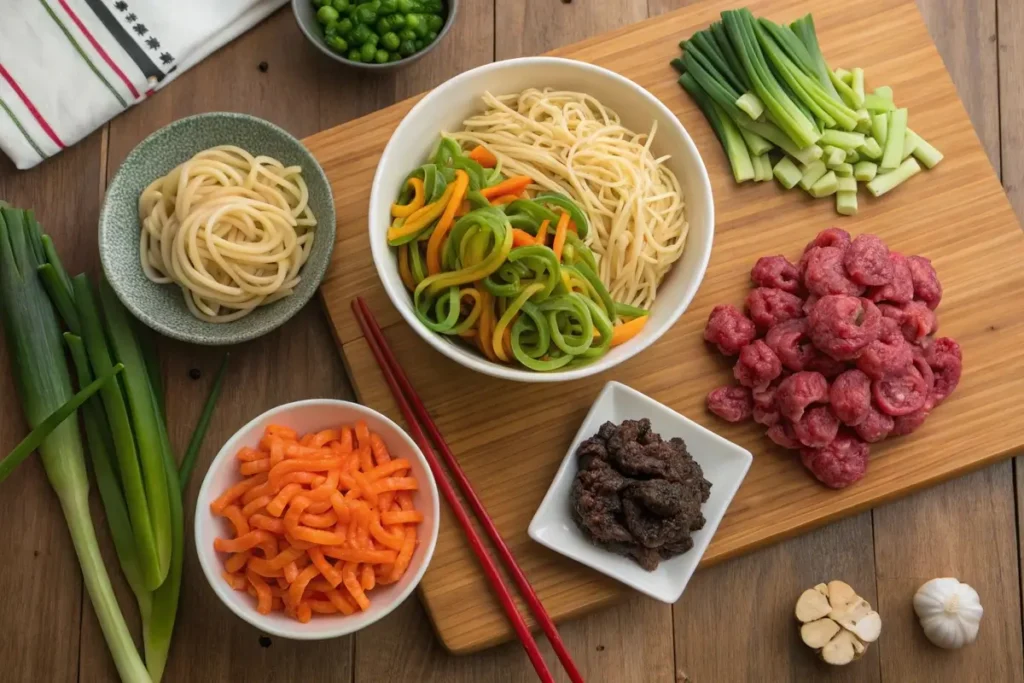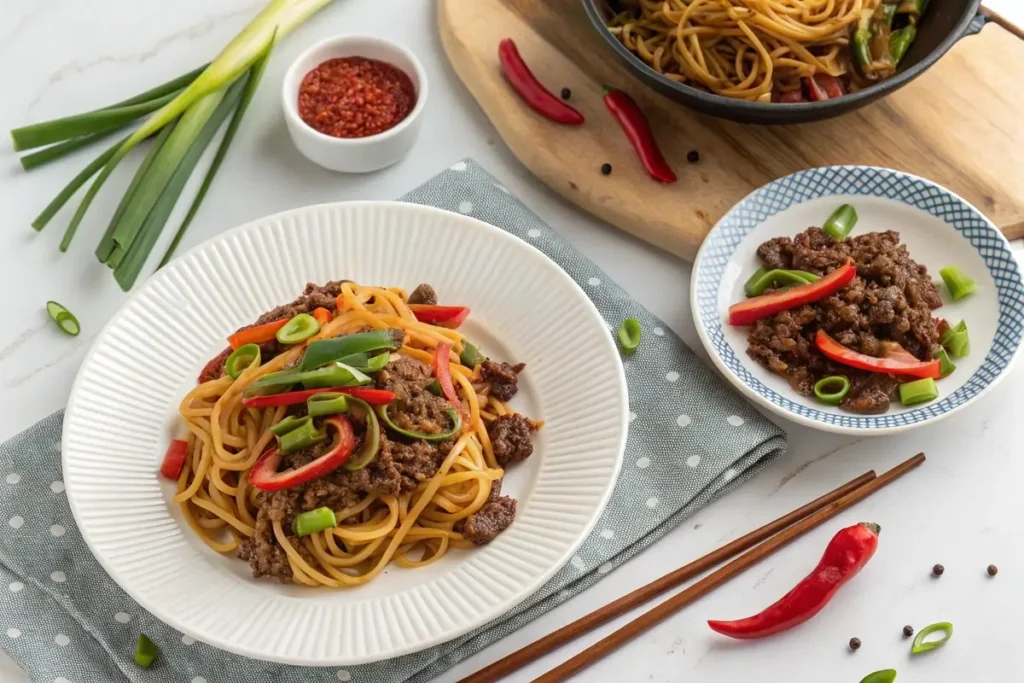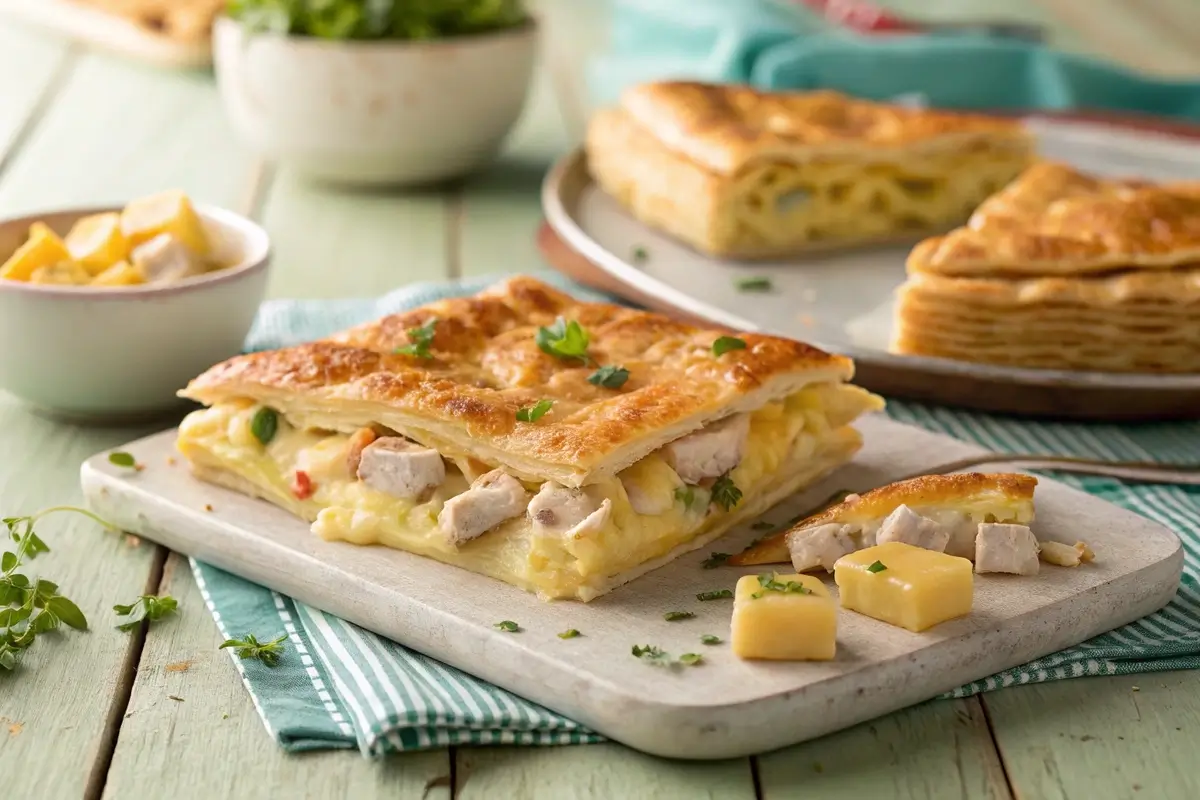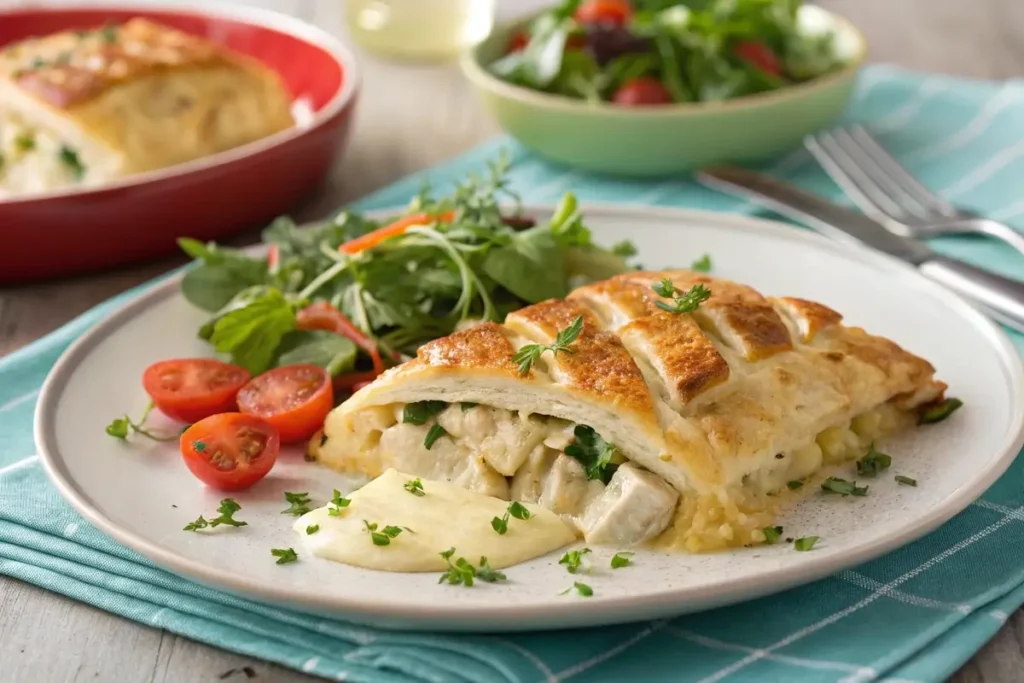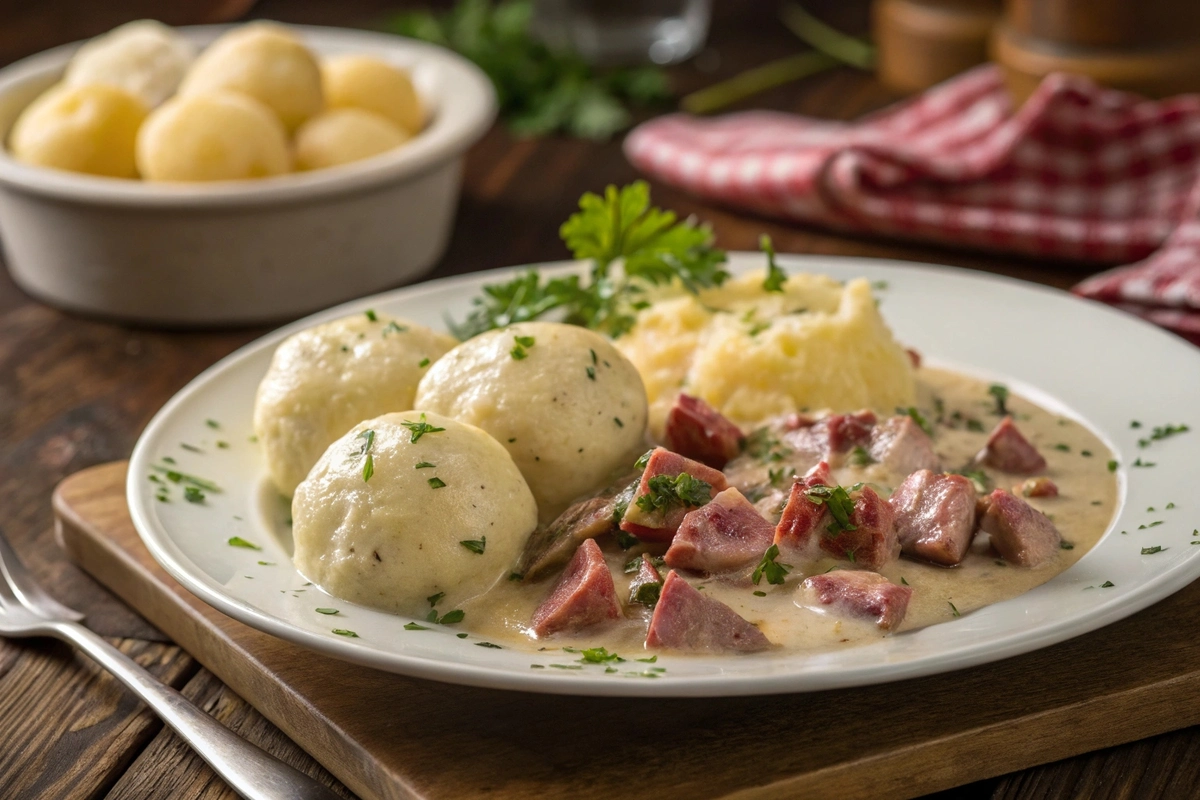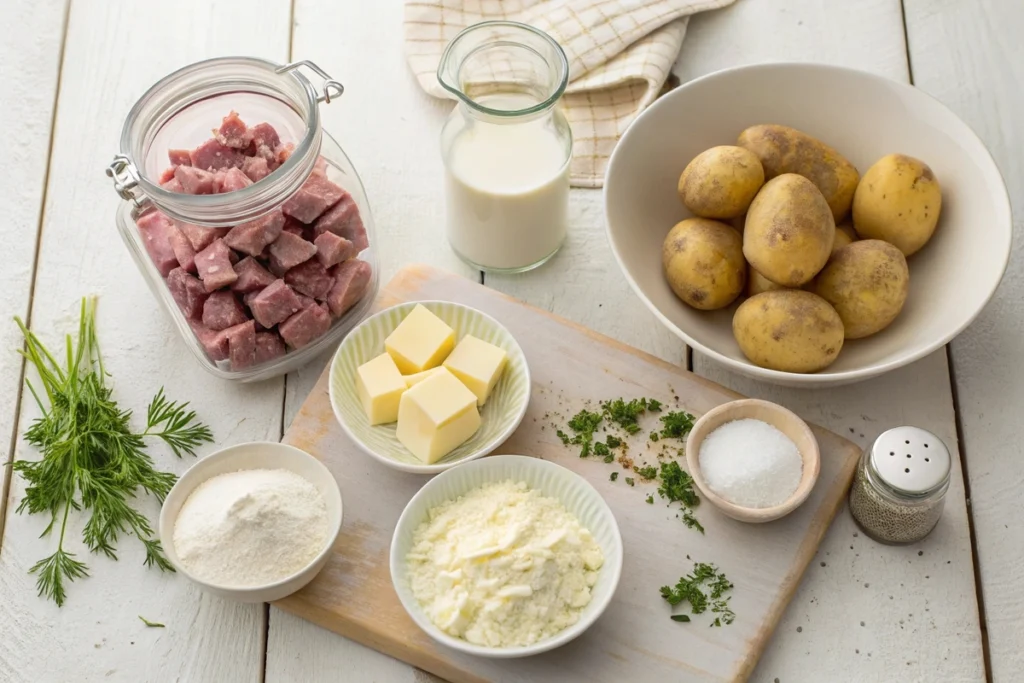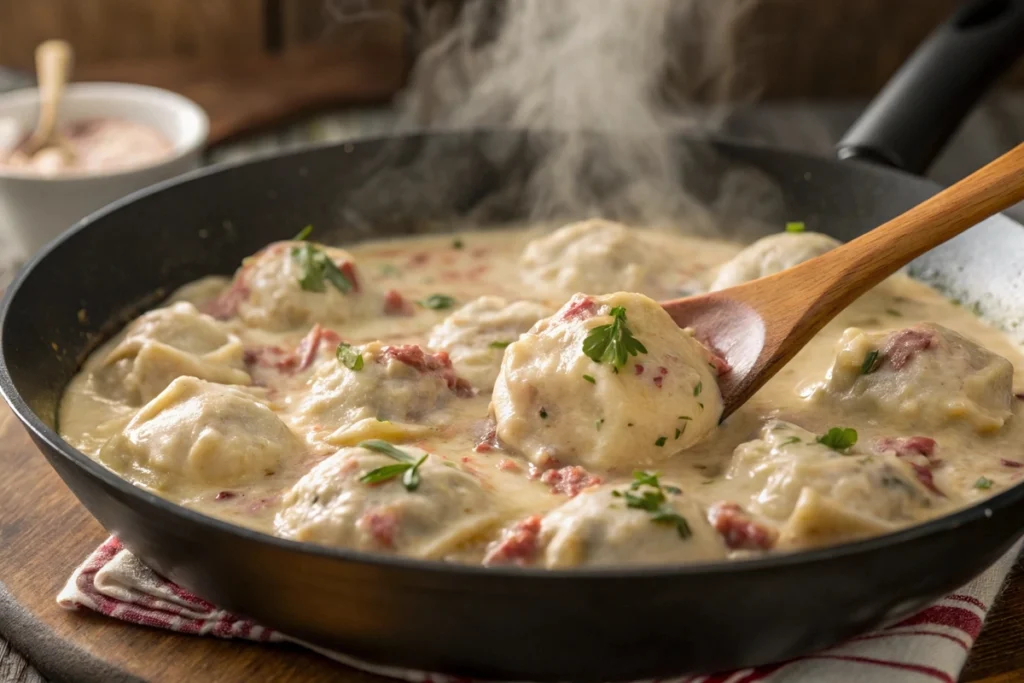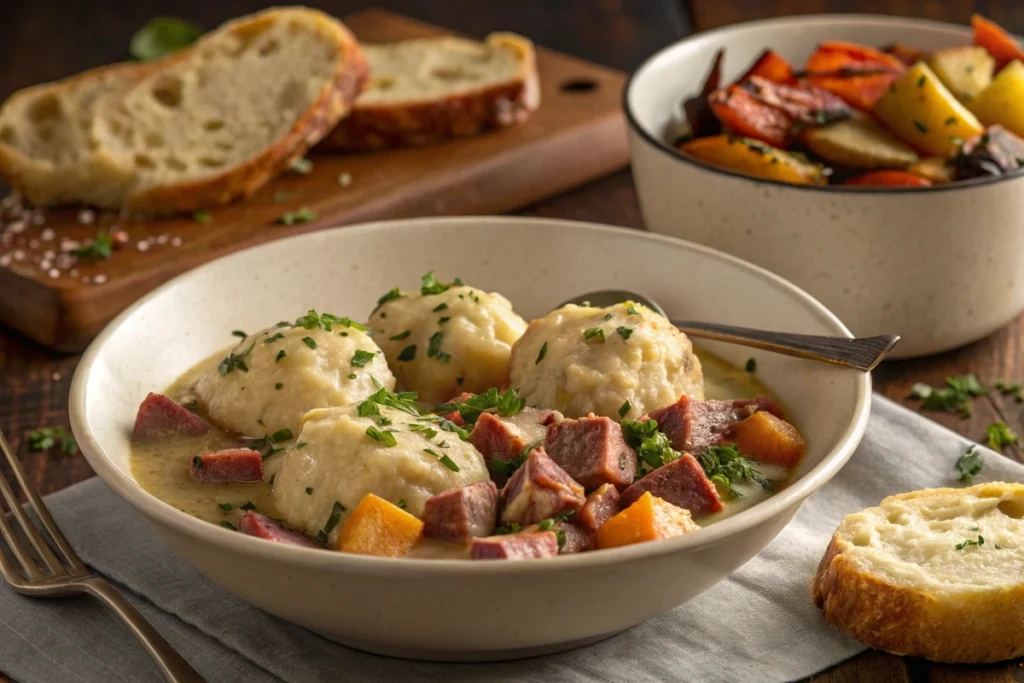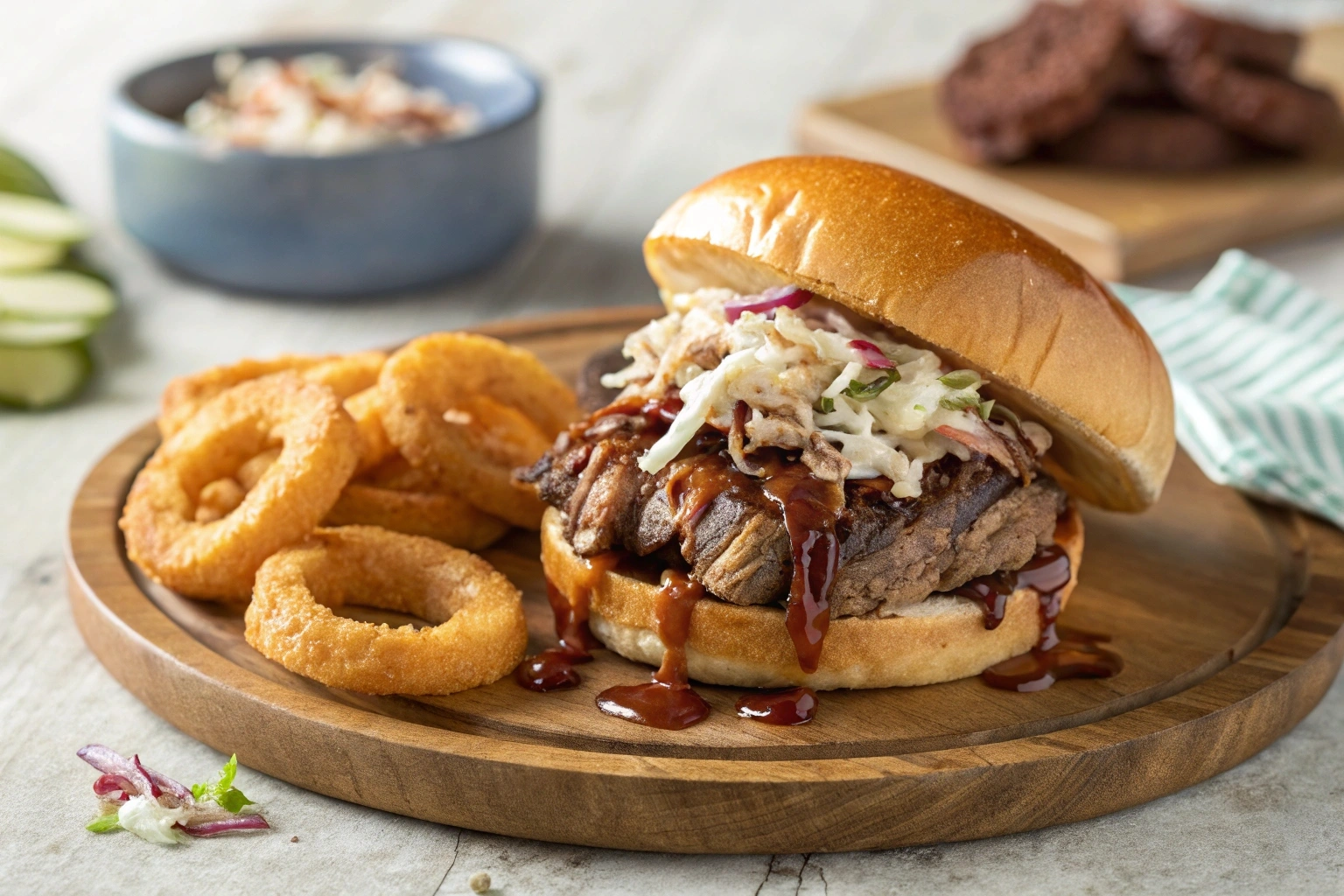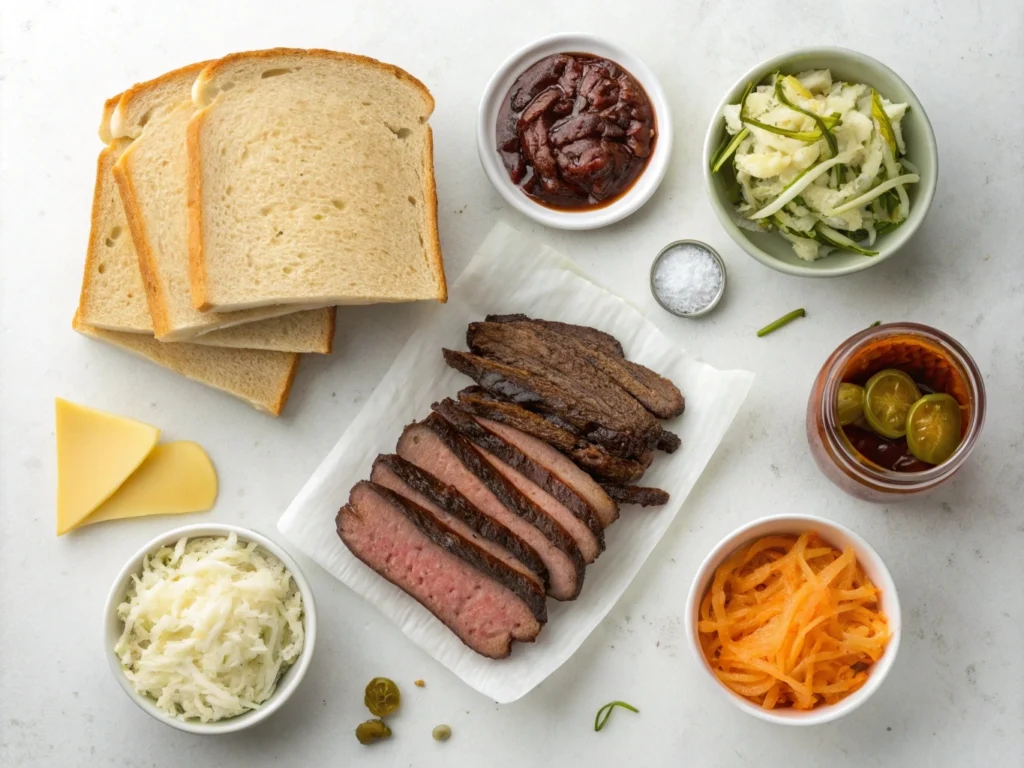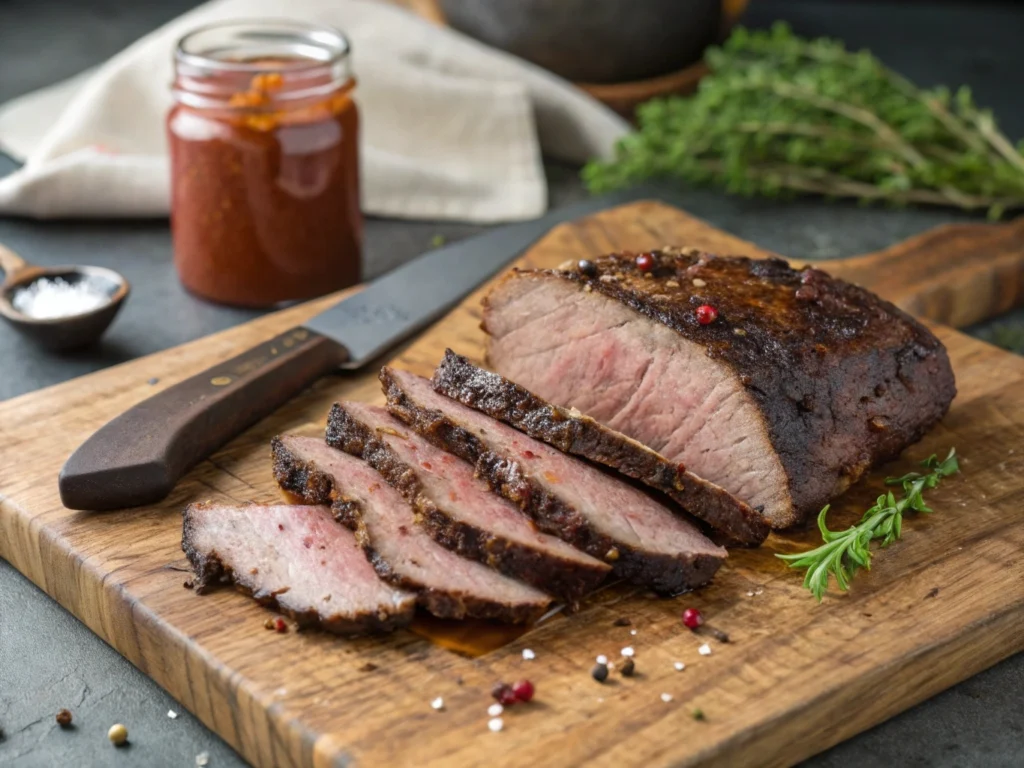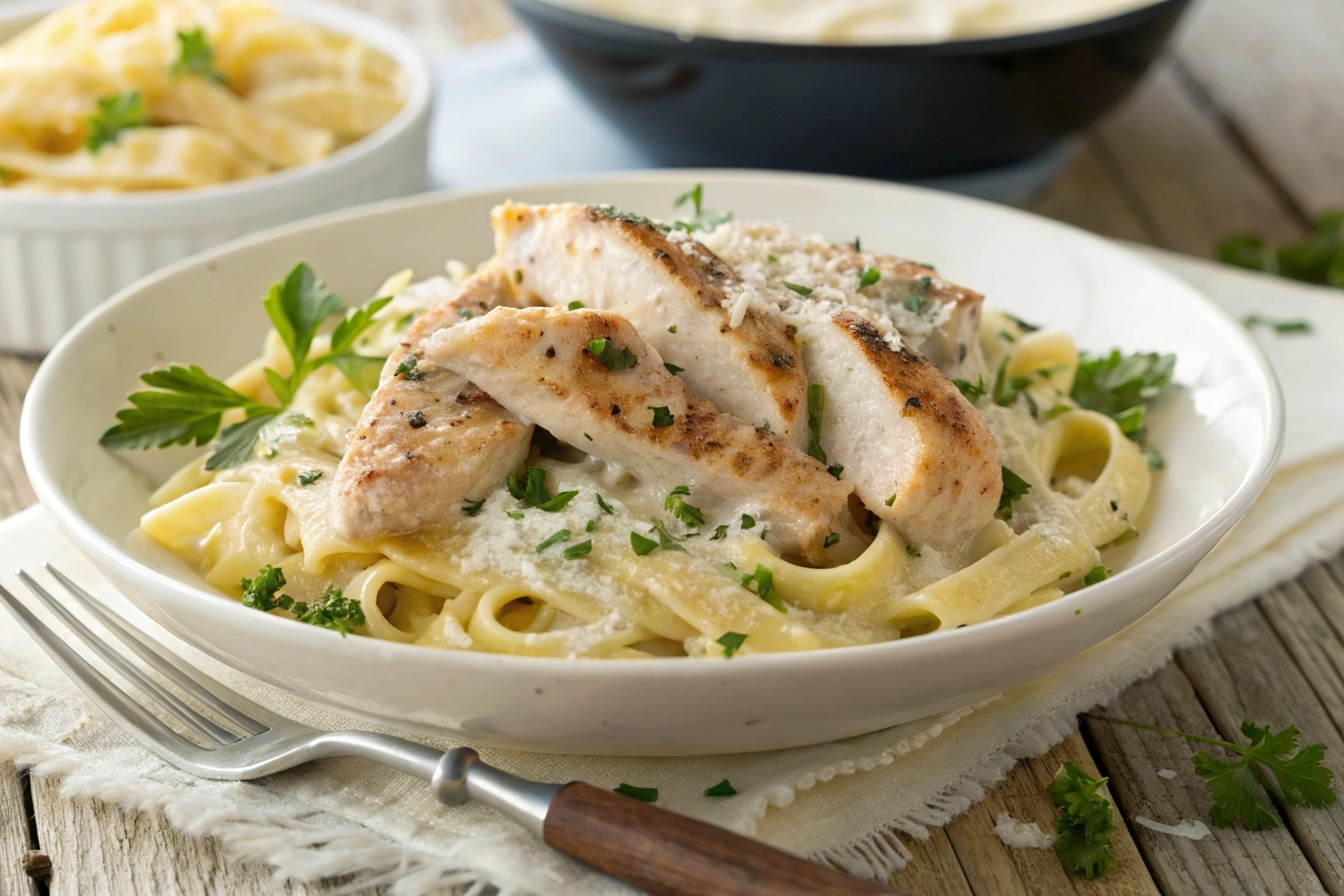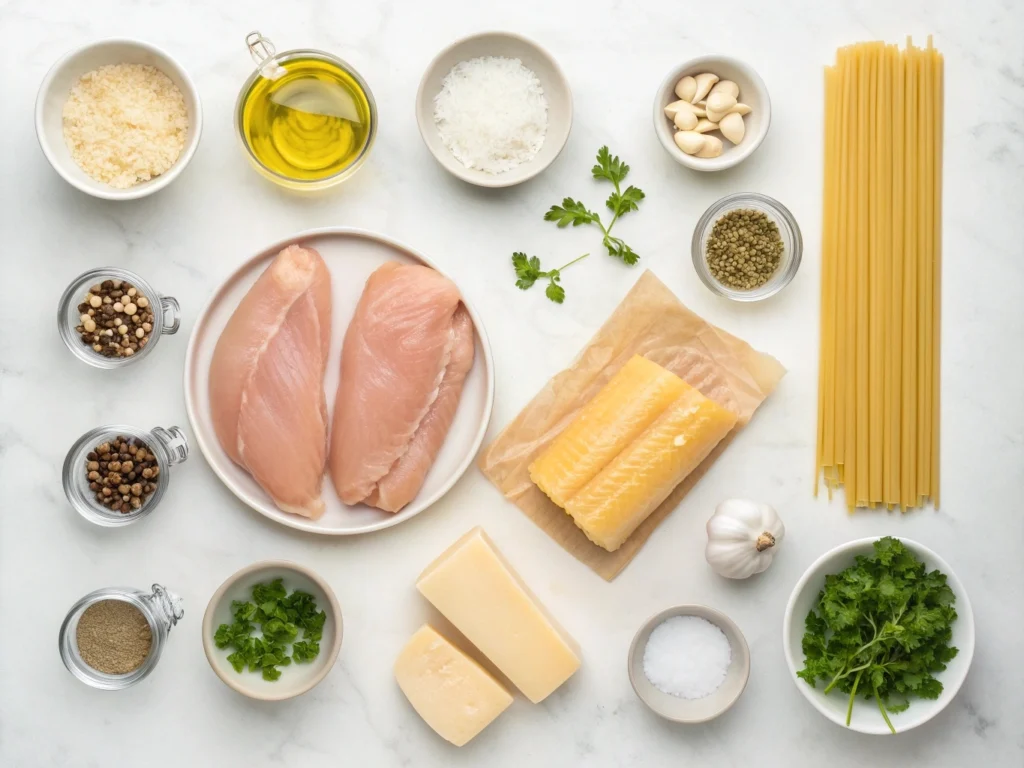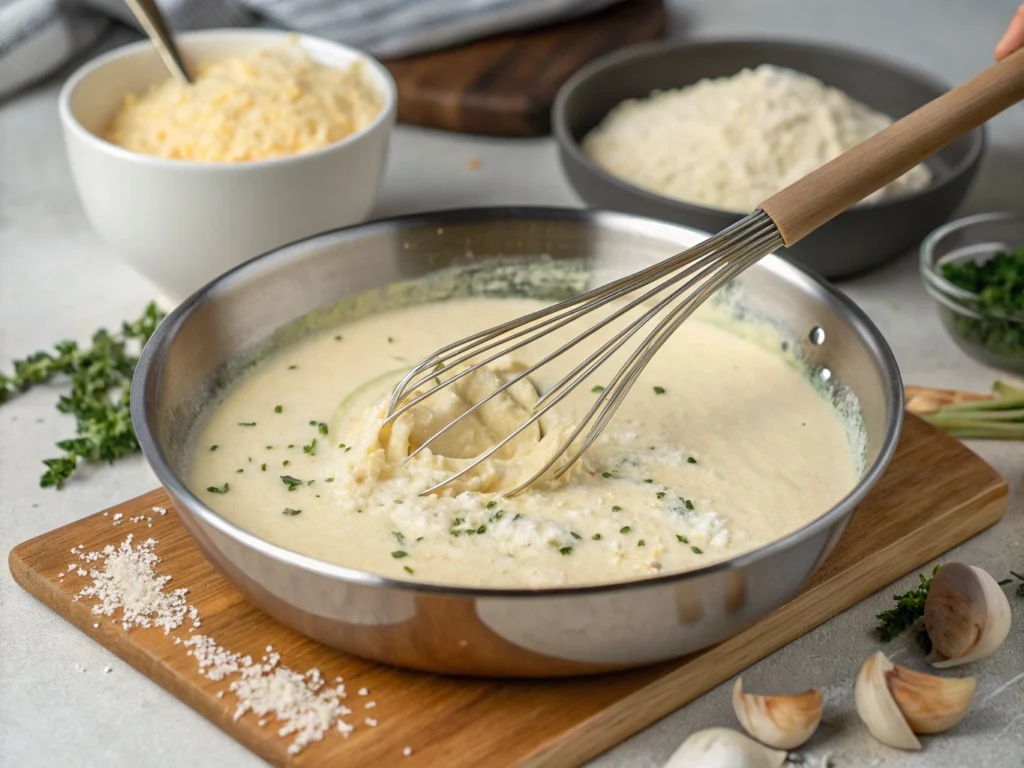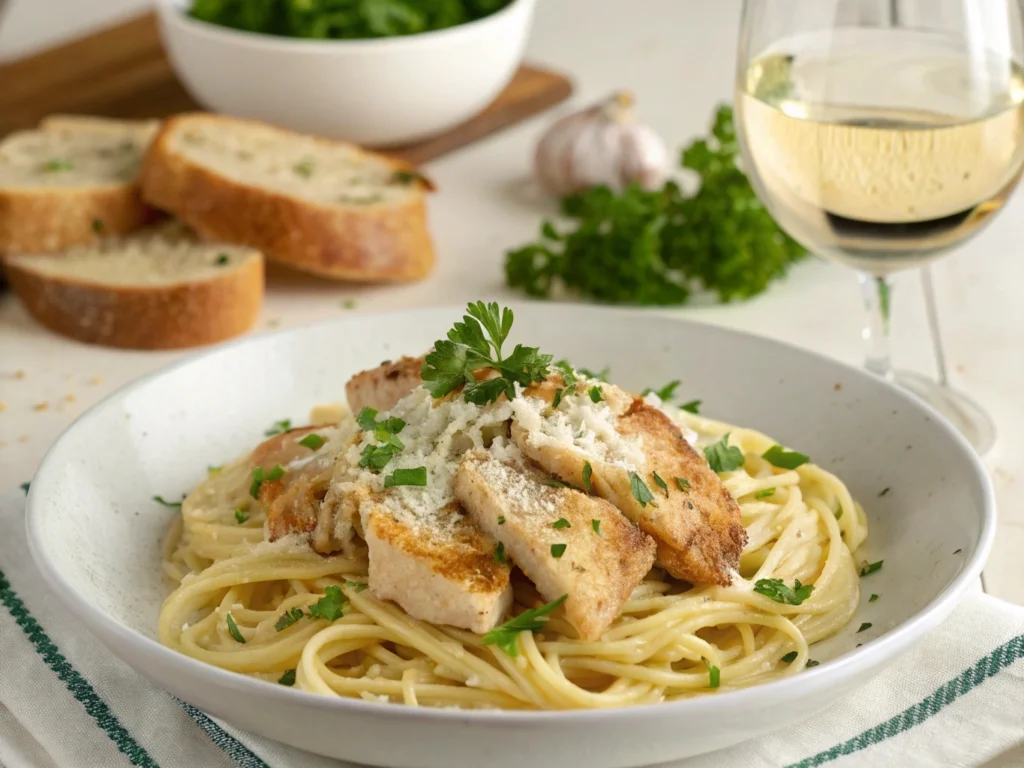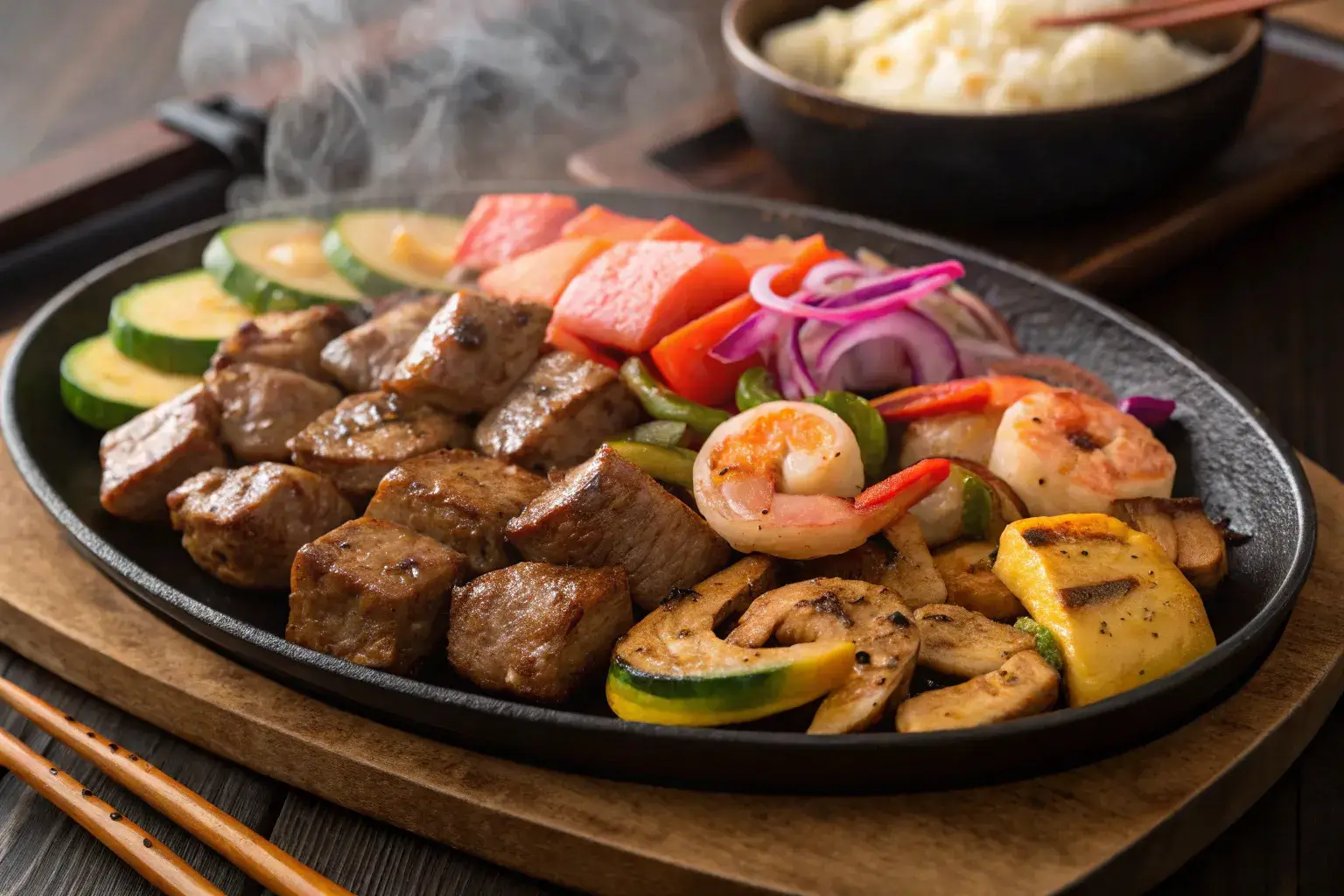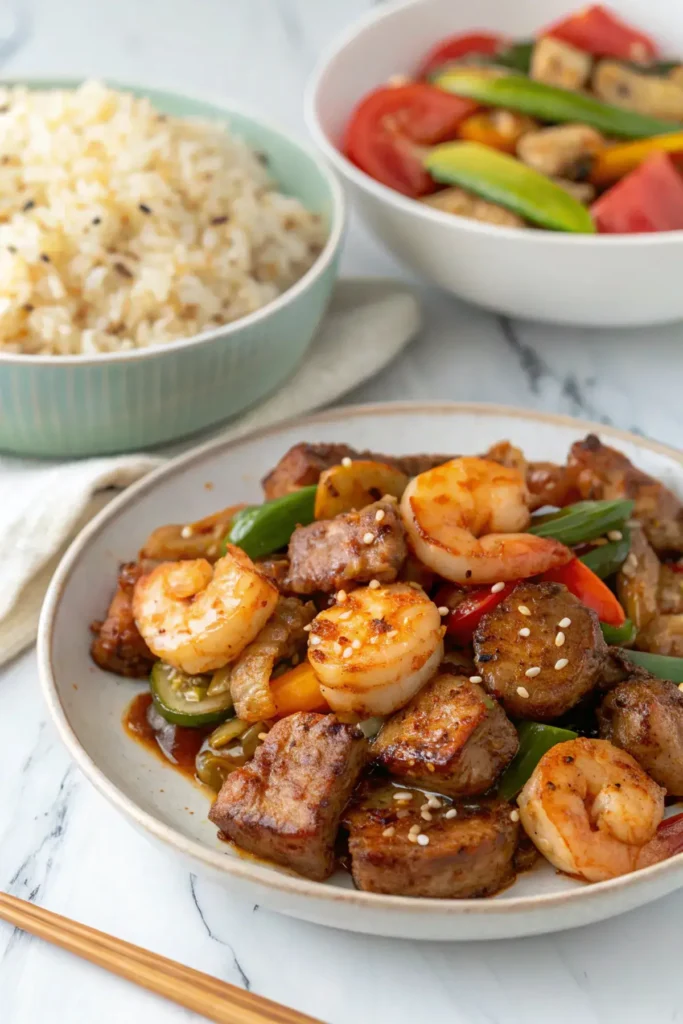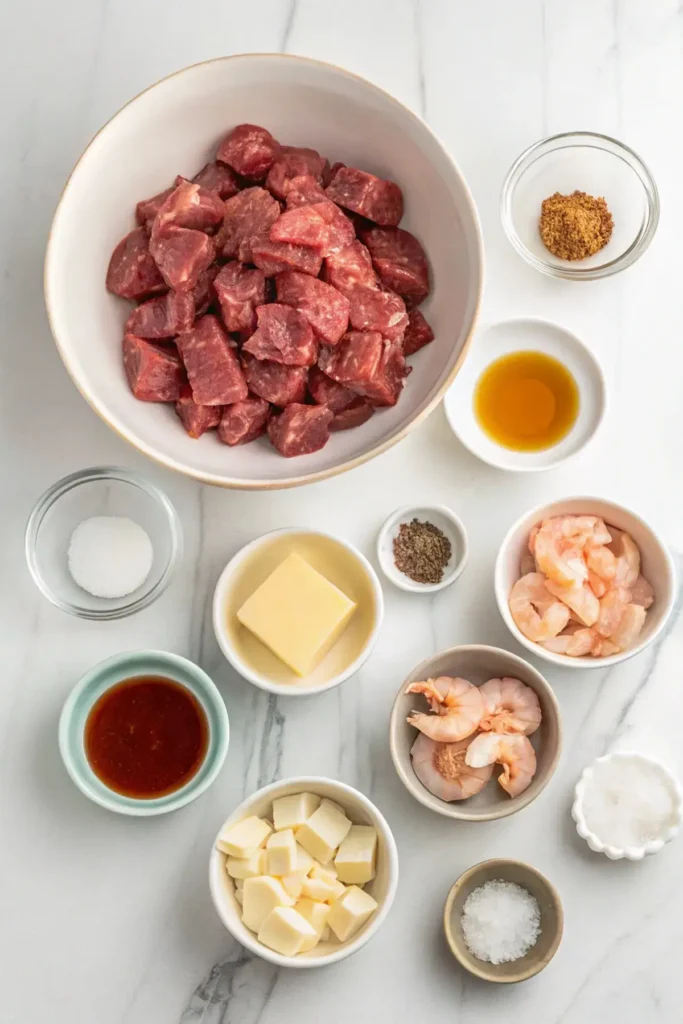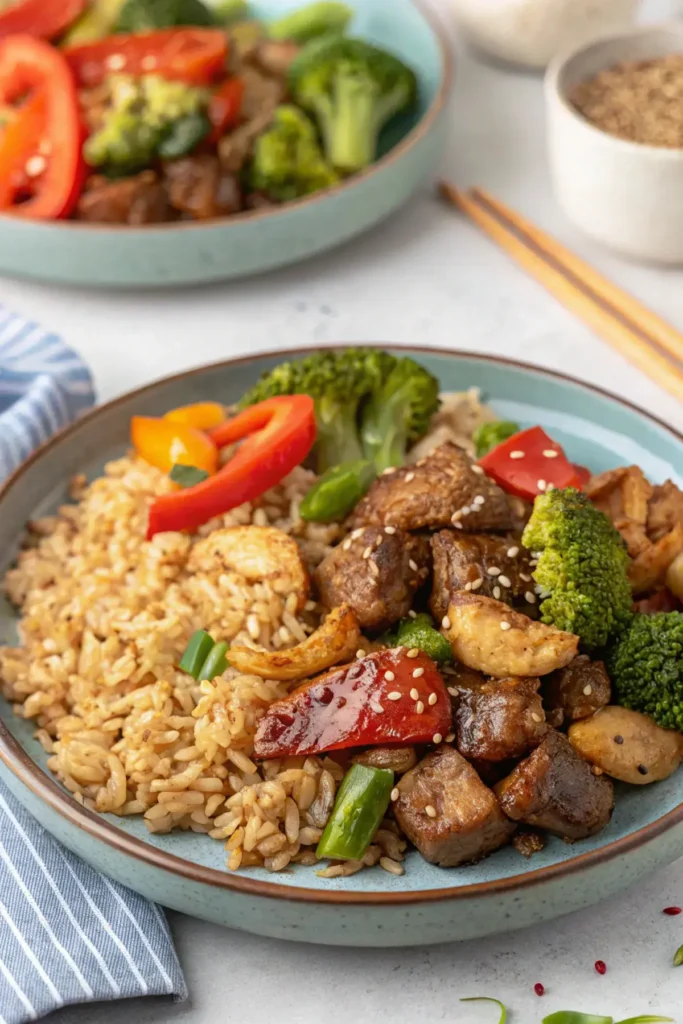Imagine coming home after a long day and wanting something tasty but quick. Salsa chicken tacos are here to save the day! They make your weeknight dinners exciting and easy.
Taco recipes are great for fast, tasty meals. But salsa chicken tacos are something special. With a few ingredients, you can make a dish that tastes like it came from a restaurant. The mix of tender chicken, zesty salsa, and fresh toppings is a winner.
Table of Contents
Why Salsa Chicken Tacos Are Your New Favorite Mexican Dish

Imagine making your family meals more exciting with a dish that’s both tasty and easy to make. Chicken tacos are a hit for families who love Mexican food. They’re a tasty, protein-rich meal that will change your dinner plans.
The Perfect Blend of Authentic Flavors
Mexican food is more than just food; it’s an experience. Salsa chicken tacos bring the real taste of Mexico to your table. The mix of soft chicken and spicy salsa is a perfect match that will make your taste buds dance.
- Rich, complex spice combinations
- Fresh, locally-inspired ingredients
- Authentic cooking techniques
Nutritional Powerhouse for Healthy Families
Chicken tacos are not only tasty but also good for you. Chicken is full of protein, which helps build muscles. The fresh salsa adds vitamins and minerals. Your family gets a healthy meal that’s also delicious.
Time-Saving Magic for Busy Households
Making chicken tacos is quick and easy, yet they taste amazing. You can have a meal that rivals a restaurant in less than 30 minutes. It’s perfect for families with busy schedules.
Try salsa chicken tacos and make your family meals more exciting today!
Essential Ingredients for Perfect Salsa Chicken Tacos

Starting to make salsa chicken tacos is all about picking the right ingredients. Your journey to a tasty Mexican dinner begins with choosing top-notch parts. These will turn your meal into a feast to remember.
For the best shredded chicken, focus on these key items:
- Protein Base: Boneless, skinless chicken breasts or thighs are perfect for salsa recipes
- Fresh salsa (homemade or store-bought)
- Soft corn or flour tortilla wraps
- Seasonings like cumin, chili powder, and garlic powder
Choosing how to cook your chicken is important. You can use a slow cooker, instant pot, or stovetop. This way, you get tender, flavorful meat that’s easy to shred.
Your tortilla wraps are the base of your tacos. Pick fresh, soft tortillas that can hold the chicken without breaking. Corn tortillas give a real Mexican taste, while flour tortillas are softer.
Pro tip: For the best taste, try different salsa recipes. Choose fresh pico de gallo or a rich roasted tomato salsa. This will make your chicken tacos amazing.
Step-by-Step Guide to Making Restaurant-Quality Chicken Tacos
Making delicious chicken tacos at home is easier than you think. With the right ingredients and techniques, your kitchen can become a taco lover’s dream. Follow this guide to make mouth-watering chicken tacos that are as good as your favorite restaurant’s.

Mastering the Chicken Preparation
The secret to amazing tacos is in the chicken. Use boneless, skinless chicken breasts or thighs for the best results. Your seasoning blend is key for authentic flavor:
- Chili powder
- Cumin
- Garlic powder
- Smoked paprika
- Salt and pepper
Crafting Your Homemade Salsa
No chicken tacos are complete without a fresh salsa. Fresh ingredients make a big difference in creating a zesty topping that boosts your dish.
| Ingredient | Quantity |
|---|---|
| Ripe tomatoes | 4 medium |
| Red onion | 1/2 small |
| Fresh cilantro | 1/4 cup chopped |
| Lime juice | 2 tablespoons |
Perfect Taco Assembly Techniques
The final step for your chicken tacos is the assembly. Warm your tortillas on a skillet to add flavor. Layer your ingredients carefully:
- Warm tortilla base
- Seasoned chicken
- Homemade salsa
- Optional toppings like cheese or sour cream
- Fresh cilantro garnish
Pro tip: Squeeze fresh lime juice over your tacos just before serving to brighten all the flavors. Your homemade chicken tacos will taste like they came straight from a professional kitchen!
Mastering the Art of Homemade Spicy Salsa
Making the perfect spicy salsa is a skill in Mexican cooking. It can turn your salsa chicken tacos into something amazing. The key is to pick the right ingredients and mix the flavors just right.
When making spicy salsa, pick chilies that fit your taste for heat. Here’s a simple guide to chili pepper heat:
- Mild: Poblano peppers (1,000-1,500 Scoville units)
- Medium: Jalapeño peppers (2,500-8,000 Scoville units)
- Hot: Serrano peppers (10,000-23,000 Scoville units)
- Extreme: Habanero peppers (100,000-350,000 Scoville units)
Using fresh ingredients is key to making real salsa. Choose ripe tomatoes, crisp onions, and fresh cilantro. Roasting your peppers can also add a rich flavor to your salsa.
| Ingredient | Quantity | Purpose |
|---|---|---|
| Tomatoes | 4 medium | Base flavor and texture |
| Jalapeños | 2-3 | Heat and spice |
| Cilantro | 1/4 cup | Fresh, bright notes |
| Lime juice | 2 tablespoons | Acidity and balance |
Pro tip: Always taste and adjust your salsa in small batches. Start with less spice and add more as needed. Your homemade spicy salsa will make your tacos and other Mexican dishes even better.
Creative Taco Toppings and Garnishes
Make your salsa chicken tacos special with creative toppings. The right garnishes can make a simple meal exciting. They will delight your taste buds and impress your guests.
Fresh Vegetable Options
Fresh veggies add crunch and nutrition to your tacos. Try these vibrant toppings:
- Crisp diced red onions
- Julienned radishes
- Shredded purple cabbage
- Diced bell peppers
- Fresh cilantro leaves
Cheese and Cream Variations
Mexican cuisine has amazing cheese and cream options. Add these to your tacos for extra flavor:
- Queso fresco – crumbly and mild
- Cotija cheese – salty and aged
- Mexican crema – smooth and tangy
- Sour cream with a lime zest twist
Herb and Citrus Combinations
Enhance your tacos with fresh herbs and citrus. They add a bright touch to your salsa chicken tacos:
- Chopped fresh cilantro
- Lime wedges for squeezing
- Pickled jalapeños
- Fresh mint leaves
- Orange zest for unexpected brightness
Make-Ahead and Storage Solutions for Busy Weeknights
Getting dinner ready doesn’t have to be hard. Salsa chicken tacos are perfect for busy families. They offer easy prep that saves time and eases weeknight stress. With a little planning, you can make tasty tacos in no time.
Start by cooking chicken in big batches on the weekend. Shred it and store it in airtight containers. Keep your salsa, veggies, and tortillas separate to keep them fresh. This way, you can quickly make healthy tacos when dinner time comes.
Meal Prep Strategies
Set aside a few hours each weekend for prep work. Use slow cookers to make tender chicken that you can freeze. Label your containers so you know what’s inside. Cooked chicken stays good for 3-4 days in the fridge, and frozen chicken lasts up to three months.
Proper Storage Methods
Keep cooked chicken and salsa in different containers to avoid sogginess. Use glass containers with tight lids to keep flavors in and bacteria out. Store tortillas in their original packaging or a sealed bag to keep them fresh.
Reheating Guidelines
To warm up your taco ingredients, reheat chicken gently in a skillet or microwave. Add a bit of broth to keep it moist. Warm tortillas on a griddle or in foil. These tips will help you make delicious tacos with little effort.
FAQ
How long can I store salsa chicken for tacos?
Cooked shredded chicken can stay in the fridge for 3-4 days in an airtight container. For longer storage, freeze it for up to 3 months. Make sure it’s sealed well to keep its taste and texture.
Can I make salsa chicken tacos with different types of protein?
Yes! You can use chicken, ground beef, pork, turkey, or plant-based proteins. Just remember to keep the seasoning and cooking methods similar to keep the Mexican flavor.
What’s the best way to shred chicken for tacos?
Use two forks to shred the chicken, or a stand mixer with a paddle for quick work. If it’s cooked in a slow cooker, it will be so tender it shreds easily.
How can I make my salsa chicken tacos spicier?
Add jalapeños, cayenne pepper, or use spicier salsa. For homemade salsa, add more hot peppers or a dash of hot sauce to adjust the heat.
Are salsa chicken tacos healthy?
They can be when made with care. They’re full of protein and can have lots of veggies. Use lean chicken and whole wheat tortillas for more health benefits.
What are some kid-friendly toppings for salsa chicken tacos?
Kids like mild toppings like cheese, tomatoes, sour cream, and guacamole. Setting up a taco bar lets them pick their favorites, making mealtime fun.
Can I make salsa chicken tacos in advance?
Yes! Prepare the chicken and salsa ahead and store them in the fridge. Reheat the chicken and warm tortillas when you’re ready for a quick meal.
What type of tortillas work best for salsa chicken tacos?
Corn tortillas are traditional and flavorful. Flour tortillas are softer. You can also find whole wheat or low-carb options. Warm tortillas slightly for better taste and texture.
Print
Salsa Chicken Tacos
- Total Time: 35 minutes
- Yield: 4 servings (8 tacos) 1x
Description
These Salsa Chicken Tacos are the perfect blend of bold flavors and easy preparation. Juicy, seasoned chicken slow-cooked with salsa creates a mouthwatering filling, while fresh toppings add a delicious crunch. Perfect for busy weeknights, these tacos are sure to be a family favorite!
Ingredients
- 2 boneless, skinless chicken breasts (or thighs)
- 1 cup salsa (homemade or store-bought)
- 1 teaspoon chili powder
- 1/2 teaspoon cumin
- 1/2 teaspoon garlic powder
- 1/2 teaspoon smoked paprika
- 1/2 teaspoon salt
- 1/4 teaspoon black pepper
- 1/4 cup chicken broth (optional, for extra moisture)
- 8 small corn or flour tortillas
Toppings (Optional):
- Fresh cilantro, chopped
- Diced red onion
- Shredded lettuce
- Sliced avocado or guacamole
- Sour cream or Mexican crema
- Crumbled queso fresco or shredded cheese
- Lime wedges
Instructions
- Cook the Chicken: Place the chicken breasts in a slow cooker, Instant Pot, or stovetop pan. Sprinkle the chili powder, cumin, garlic powder, smoked paprika, salt, and pepper over the chicken.
- Add Salsa & Cook: Pour the salsa over the seasoned chicken. Add chicken broth if using for extra moisture.
- Slow Cooker: Cook on low for 4-6 hours or high for 2-3 hours.
- Instant Pot: Cook on high pressure for 10 minutes, then allow natural release for 5 minutes.
- Stovetop: Simmer covered on low heat for about 25-30 minutes, stirring occasionally.
- Shred the Chicken: Once cooked, use two forks to shred the chicken directly in the pot, mixing it with the salsa sauce.
- Warm the Tortillas: Heat a skillet over medium heat and warm the tortillas for about 20-30 seconds on each side until soft.
- Assemble the Tacos: Place shredded salsa chicken on each tortilla. Top with fresh cilantro, diced red onion, avocado, cheese, and any other desired toppings.
- Serve & Enjoy: Squeeze fresh lime juice over the tacos and serve warm!
Keywords: salsa chicken tacos, easy chicken tacos, Mexican chicken recipe, slow cooker tacos, shredded chicken tacos, weeknight dinner, family-friendly meals, taco toppings, healthy tacos, quick dinner idea












